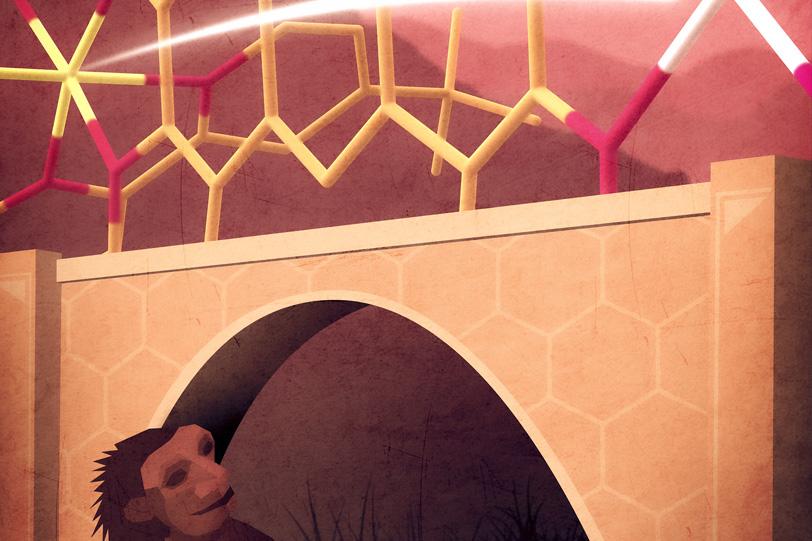Register here to watch in person in the Kavli Auditorium, or watch the lecture live on our YouTube page.
Plants draw energy for all their chemical reactions from sunlight. Why can't we? In theory, this can be done by building a molecular bridge: Attach a molecule that absorbs light and gives the energy to electrons to a molecule that accepts the electrons and uses them to catalyze the desired chemical reaction. With this strategy, we can design complexes that, for example, use sunlight to convert water to hydrogen fuel. Electrons cross the molecular bridge at high speed under the subtle influence of quantum mechanics. Often, they do not make it all the way across because they’ve been captured, stuck, or reflected back (or maybe eaten by bridge trolls). To counter this, we must investigate the details of the electrons' rapid dash across the bridge. In this lecture, I will explain how we are using SLAC's new experimental capabilities, such as ultrafast X-ray pulses, to design bridges that smoothly transport electrons and drive chemical reactions important to society.
